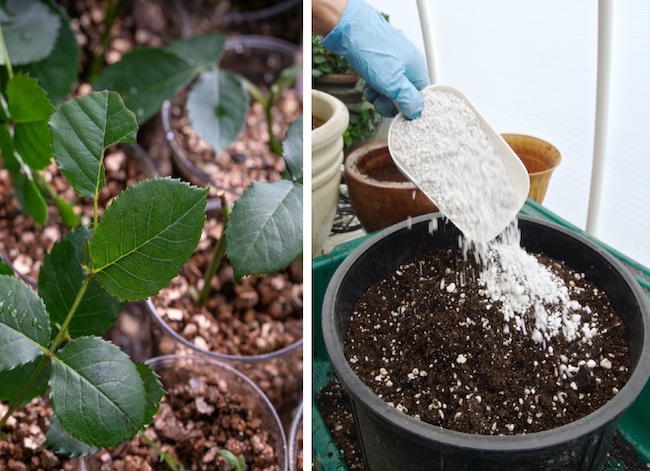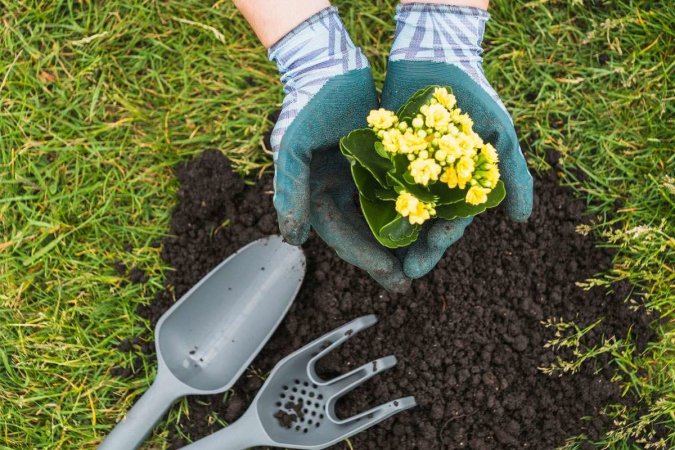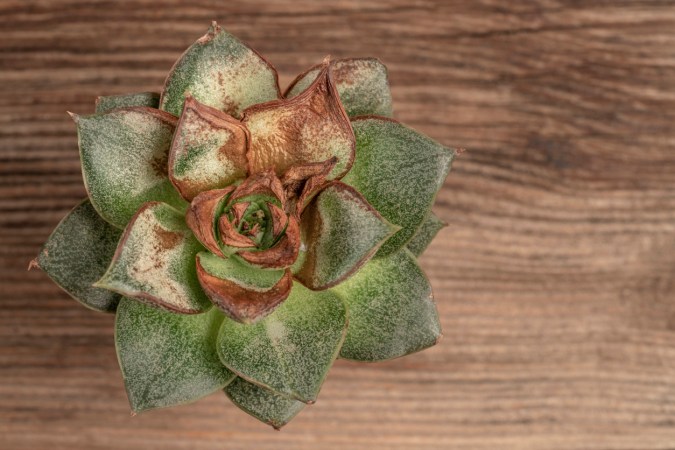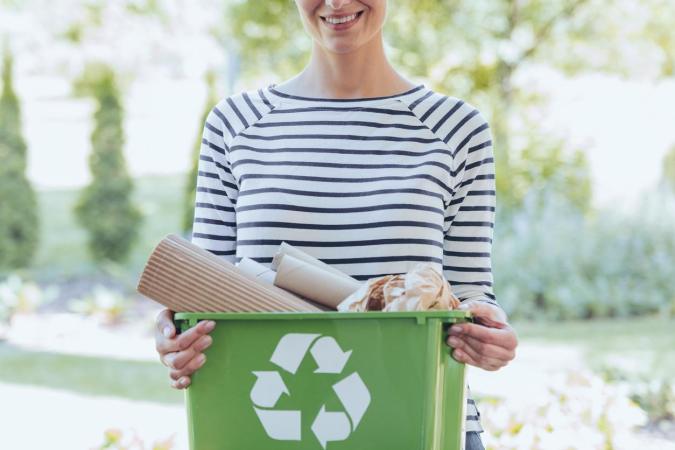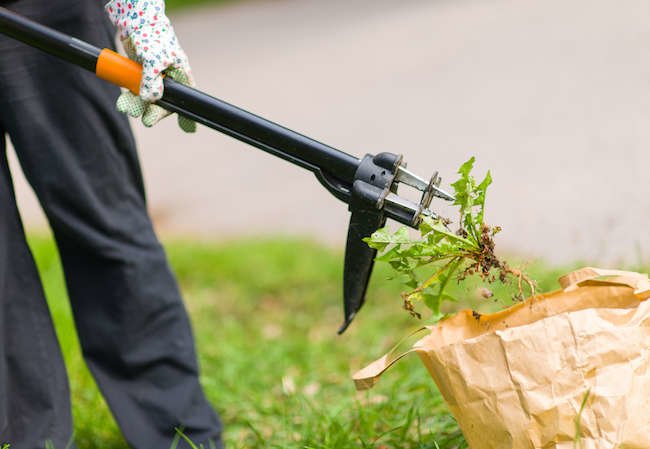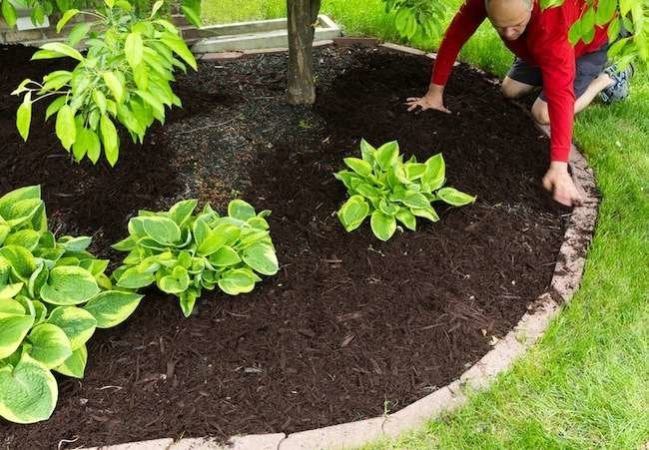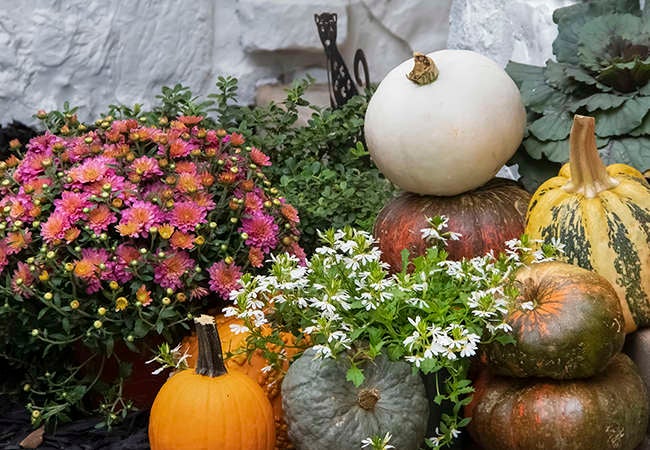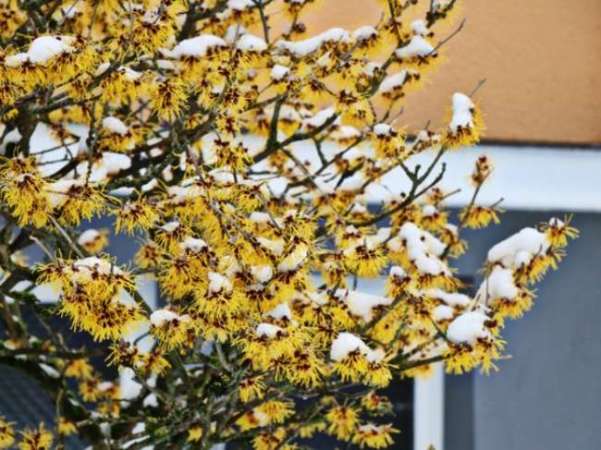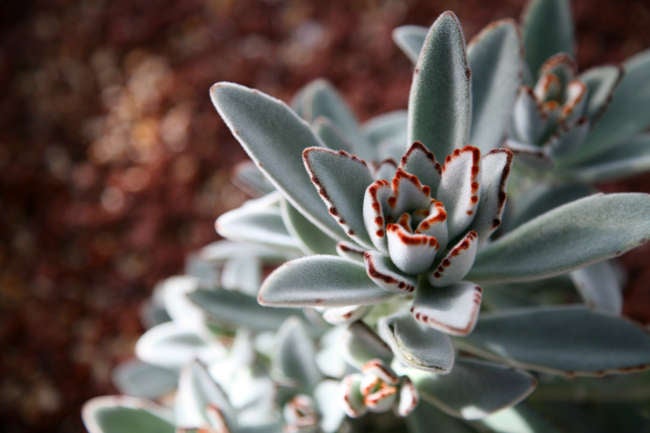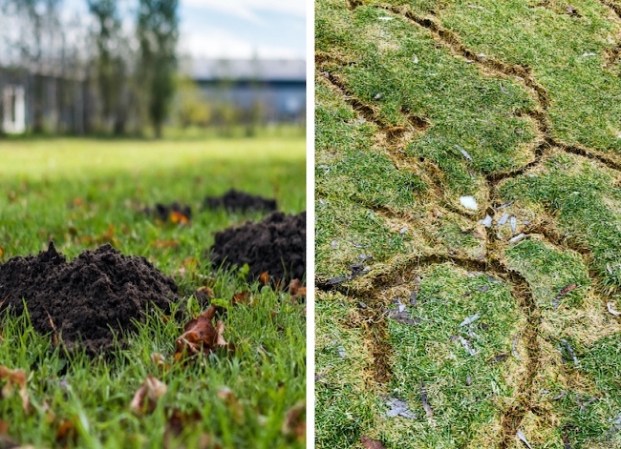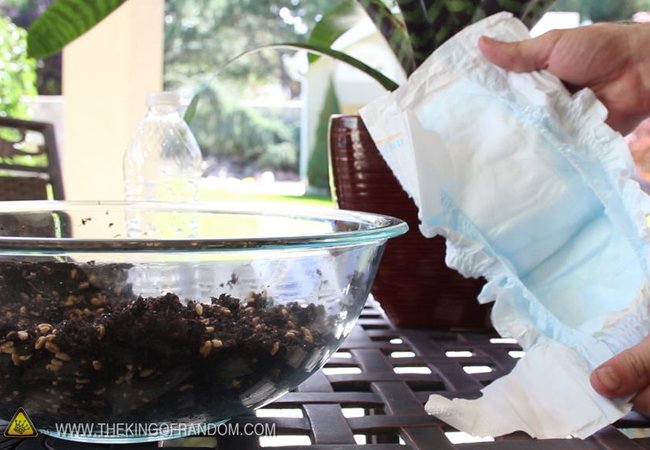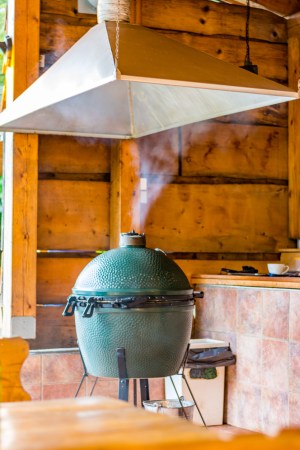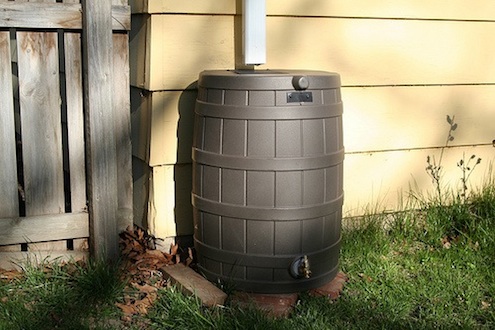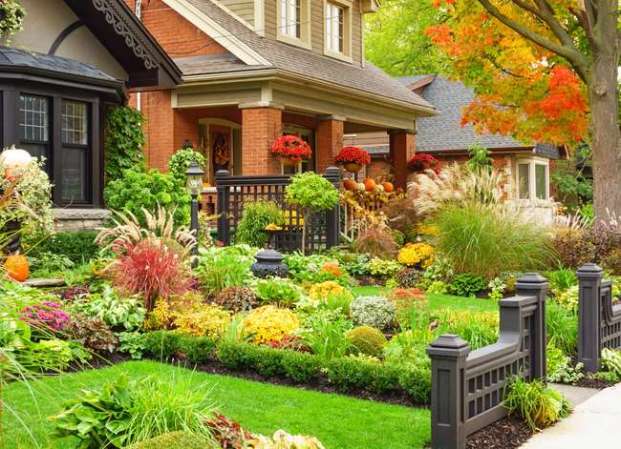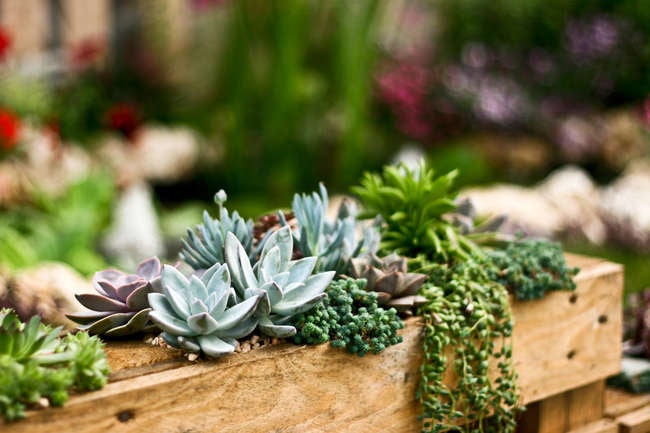We may earn revenue from the products available on this page and participate in affiliate programs. Learn More ›
When it comes down to vermiculite vs. perlite, the names may prejudice you in favor of the second contender. Perlite, after all, derives from the French for “pearl” while vermiculite derives from Latin for the considerably less appealing “breeding worms.”
However, perlite doesn’t really resemble pearls any more than vermiculite resembles worms, and both amendments can improve the porosity and water retention of soil. While neither is perfect, they each have advantages as well as disadvantages and have proved to be gems to gardeners everywhere.
What is vermiculite?
Vermiculite is a “flakey” clay mineral—in more ways than one! When heated to about 570 degrees Fahrenheit, it opens up into lightweight, tan worm-like strands, thus the “breeding worms” its name implies. The size of the flakes makes different grades of vermiculite from micro to coarse. Those spongy particles can aerate soil and help it retain moisture.
Vermiculite lost some popularity when the product from a mine in Montana, which had been in operation since 1919, was found—after a 1999 EPA investigation—to be “contaminated with a toxic form of naturally occurring asbestos.” However, that mine had closed in 1990.
In 2000, the EPA reported that it had tested vermiculite products from all over the nation and concluded that “only 15 percent of these products contained enough asbestos to allow EPA to quantify the percentage of asbestos reliably. Further analysis of the likelihood of the asbestos becoming airborne, during routine use of these products, indicated that this potential exposure poses a minimal health risk to consumers.” The EPA did conclude, however, that vermiculite might be dangerous to workers who come into contact with it frequently.
Related: The Best Seed Starting Mixes
What is perlite?
What is perlite made of? You might say that it is “popped” natural glass. That glass, which in its natural state can be any of a variety of colors, is created by the rapid cooling of lava. When it is crushed and then heated to 1,800 to 3,200 degrees Fahrenheit, the steam trapped inside it causes the glass to puff out into white pieces four to twenty times their original size.
The resulting product is light and porous. That makes it ideal for creating drainage channels in potting soil without adding excessive weight to that soil as sand sometimes does. Perlite, too, comes in fine to coarse grades.
The disadvantages of perlite include its fluorine content, which could be detrimental to plants sensitive to that chemical—this includes lilies, prayer plant, and spider plant. Although tests have found that the fluorine in perlite leaches out pretty quickly, it probably would be best to avoid using it in the soil of fluorine-sensitive species.
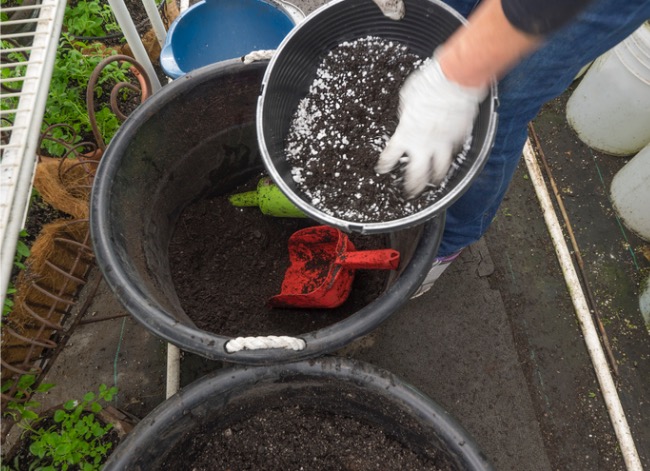
The biggest difference between vermiculite and perlite is moisture retention.
When making the perlite vs. vermiculite decision, keep in mind that differences between the two include the fact that vermiculite contains nutrients such as potassium, magnesium, and calcium, which perlite doesn’t have. Also, the round-ish perlite sometimes floats to the top of soil, making it less likely than the flatter vermiculite to stay evenly distributed throughout the pot. However, vermiculite compacts more easily, which can reduce its ability to aerate. So it reportedly doesn’t hold up quite as well as perlite does.
The main difference between the two, however, is that, while perlite for plants can suck up four times its weight in water, vermiculite sponges up to sixteen times its weight in water. So, vermiculite is more effective at gathering and redistributing moisture than perlite is. Whether or not that is an advantage depends on the type of plants you are growing.
One thing the amendments have in common is that they generate a lot of dust. Therefore, if you decide to mix your own potting soil, you will want to wear a dust mask or respirator while doing so.
Related: The Best Soils for Monstera
When to amend soil with vermiculite:
What is vermiculite used for? Due to its water-holding abilities, vermiculite is typically used for seed-starting, whether on its own or mixed with peat moss. Damp vermiculite also can be used to store seeds that will lose viability if allowed to dry out. Vermiculite often is added to the soil of moisture-loving potted plants such as ferns, primroses, and calla lilies, which, too, can lose their lives if allowed to dry out.
Gardeners who reside in already excessively damp climates probably should avoid incorporating vermiculite into the soil of outdoor pots, since it might retain too much water and cause their plants to rot. But gardeners in drought-prone areas could find vermiculite highly beneficial, since soil containing it should hold moisture longer than that containing perlite. Those who often forget to water their indoor plants probably should opt for vermiculite over perlite, too.
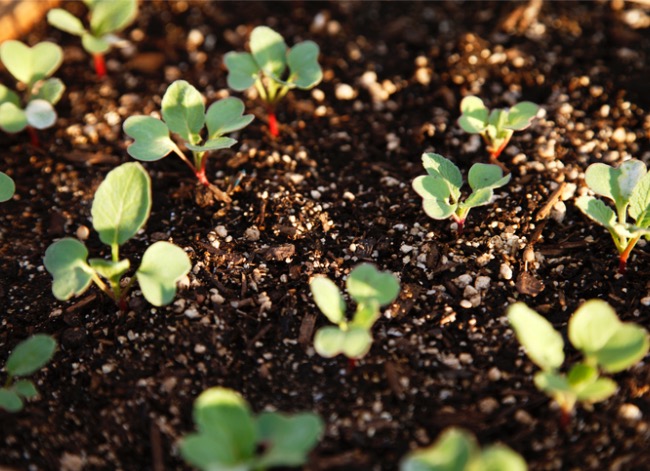
When to amend soil with perlite:
What is perlite used for? Its damp “pearls,” on their own, often are used to root cuttings, because perlite is less likely to cause rot than vermiculite is. Perlite also is a popular addition to potting mix for plants that require excellent drainage and not too much moisture—such as cacti and succulents—since soil with perlite included dries out more quickly than that containing vermiculite. Gardeners in wet climates may want to add perlite to the soil in their outdoor pots to help those containers drain more freely. And those who tend to overwater their indoor plants can find it beneficial for preventing rot there, too.
Although you conceivably could add either perlite or vermiculite to raised beds or gardens as well, you probably will find it more practical and economical to use compost instead to improve soil aeration and water retention in a large-scale growing area. That especially applies to non-raised beds since perlite can be pulverized by foot traffic, while vermiculite is likely to be compressed by it.
Related: What’s the Difference? Garden Soil vs. Potting Soil

